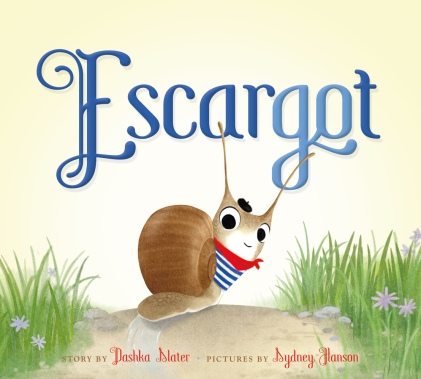What do hot cocoa, fuzzy blankets, and a fireplace all have in common? They are elements that can turn a cold, dark winter into something warm, cozy and glittering with light. They all have the potential to warm one person or to be shared. These tools fall into the realm of what Norwegians call “hygge”. Most closely translated into English as “cozy”, hygge also involves an element of socializing, sharing this time of year with those near and dear.
Since my first visit to Michigan last February, I’ve heard a lot about miserable winters. The short days, gray skies and frigid air wears on people. Yet ironically, according to the latest “World Happiness Report” created by the United Nations, the five happiest countries on the planet are all north of chilly Michigan. Topped by Finland and followed by Denmark, Norway, Iceland and the Netherlands, these are all places where people have created cultures that embrace both the indoors and outdoors during the long, dark winters.
The movie Frozen showcases perhaps the ultimate hygge hotspot: saunas. There’s nothing quite like sweating profusely, wearing nothing but your birthday suit as you engage with friends and family in tight quarters-right? Admittedly, I do enjoy saunas, but I think part of what makes them such a key part of the hygge culture is the element of socialization. Though the weather is cold and the sun shines far less in winter, sharing your days and nights with those you love can make the season “merry and bright.”
So… some ideas for enjoying the great indoors during winter:
BAKE, EAT and ENJOY warm foods and drinks. Decorate and eat some cookies with a neighbor. Sip some tea with a colleague. Each winter I tend to find one or two new soups to make along with the perrenial favorites I can’t help but return to like miso and pizza soup. Warm up from playing outside with some coffee, cocoa, or the lovely old tradition of wassail. Bake muffins or bread and be sure to get your first taste while they are still warm.
PLAY, PONDER and READ something new or an old favorite. While keeping up with current events via news and blogs is valuable (and I have such cozy memories of watching my grandpa read the newspaper in his leather recliner), there is something unique and wonderful about cozying up with a book. Play games- do you have a favorite board or card game you can introduce to someone new in your life? Maybe you want to contemplate, discuss or even journal about some deep questions pressing on your mind lately. We all process things a little differently: some better by ourselves, some better through discussion with another. What helps you?

LAUGH and LOVE!!! These final ingredients I can’t emphasize enough. Open your heart to positivity- whether you need a pick me up, someone else around you does, or you are all just working on self-care to stay positive. Carve out spaces for laughter; it is great medicine. Take care of yourself and share with others- it will help you find greater joy and reason to respect yourself.
A large part of the nordic cultures that are so happy- they value community and care for others as well as themselves. So as winter drags and starts to feel long, consider some hygge traditions to bring yourself and others a little more light in a dark season of life. No need to try to save the whole world today. Just try to make a difference for someone.




